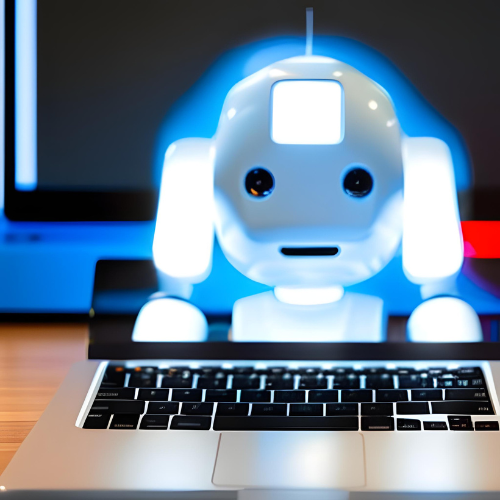Can Ai-generated art possess the same level of creativity as art created by humans?
Art has always been regarded as an important outlet for human creativity. We express our emotions through it, use it to highlight our experiences, and use it to express our ideas.
But with the advent of artificial intelligence a fascinating debate has emerged: Can Ai-generated art truly possess authenticity and the same level of creativity that we create as humans? Let's look at the contrasting viewpoints surrounding this topic.
The Argument Against Ai’s Creativity
Critics of Ai-generated art claim that it falls short of capturing the essence of human creativity. They believe that creativity is inherently intertwined with the human condition, while Ai's artistic endeavors merely mimic human ingenuity.
Ai systems follow predetermined algorithms, lacking the ability for subjective decision-making and original thought. These critics argue that Ai-generated art lacks the profound depth, emotional resonance, and intellectual exploration typically associated with human art.
I think all of us creatives have had that experience where we are creating, making art, and lose all sense of time. The creative process takes on a life of its own and the end result is beyond anything we ever though was possible. I know that some of my best paintings are ones that I don’t really remember painting …the process took over on its own and I just followed my hand. This makes me think of the creative magic that fills the air when we create at our best, and I do wonder if Ai can replicate that energy.
Exploring AI's Creative Potential
However, proponents of Ai-generated art counter these arguments by highlighting the unique capabilities and potential of Ai systems. They argue that Ai can push the boundaries of creativity by producing novel and unexpected artistic outputs.
Ai algorithms possess the remarkable ability to analyze vast amounts of data, identify patterns, and generate artistic compositions that may not have been envisioned by humans. In this sense, Ai offers a fresh perspective, opening new avenues for exploration that human artists may not have considered.
Collaborative Synergy
An alternative viewpoint suggests that Ai can act as a collaborative tool, rather than a replacement for human creativity. It can serve as a catalyst for artistic inspiration and innovation, supporting human artists in their creative process. By working in tandem with Ai systems, artists can leverage Ai's capacity to generate ideas, refine compositions, and explore different styles. This collaboration allows artists to expand their artistic horizons and experiment with new possibilities while retaining their unique creative vision.
Here I think of all of the times I have a vision in my brain of a piece of art I want to create and struggle to figure out how to get it out of my brain and on to the canvas. Could Ai support our artistic endeavors and help us reach our creative potential. I have no idea, but it’s an interesting thought.
In later posts we’ll dive deeper into these topics.
We’ll look at what collaborations between artists and Ai might look like,
and
We will investigate ethical concerns regarding the collection and use of artists' data for training Ai algorithms.
Until next time!


